If the end result of a bait and switch is fun or beneficial, does it really matter? That depends on how strict you want to stick to your initial interpretation of the subject matter. Did you mis-judge it based on its cover or did it change its trajectory during the course of the story? I don’t even remember what I thought The Secrets of Lovelace Academy would be about. However, by the third chapter I didn’t care, and was fully engrossed in the story of a teenage orphan girl who was living in group home. If you’re like me; you need to read mglit about an orphanage at the turn of a century, as much as you need to spill coffee on the essays that you need to grade. That’s not bloody likely, is it?
Why books are readCategory: Books
These are books that kids will want to read-or should read, but will enjoy doing so. Board book, picture books, kid lit, elementary school books, middle school books, high school books, all age comic books and more will be talked about here.
Rebellion 1776: A Captivating Read for Reluctant Students
Don Quixote charges at the windmill, raging at the fact that people don’t read enough. “This is actually good”, said a ninth-grade student of mine today as they were thinking about the two-page article they’d read. Granted, I had just spoken to them about their less-than-stellar grades and they were probably trying to placate me, but I’ll take it as a win. This all leads to Rebellion 1776. This is historical fiction that cooks at a slow boil, but is bubbling over the sides of the pot before you realize it.
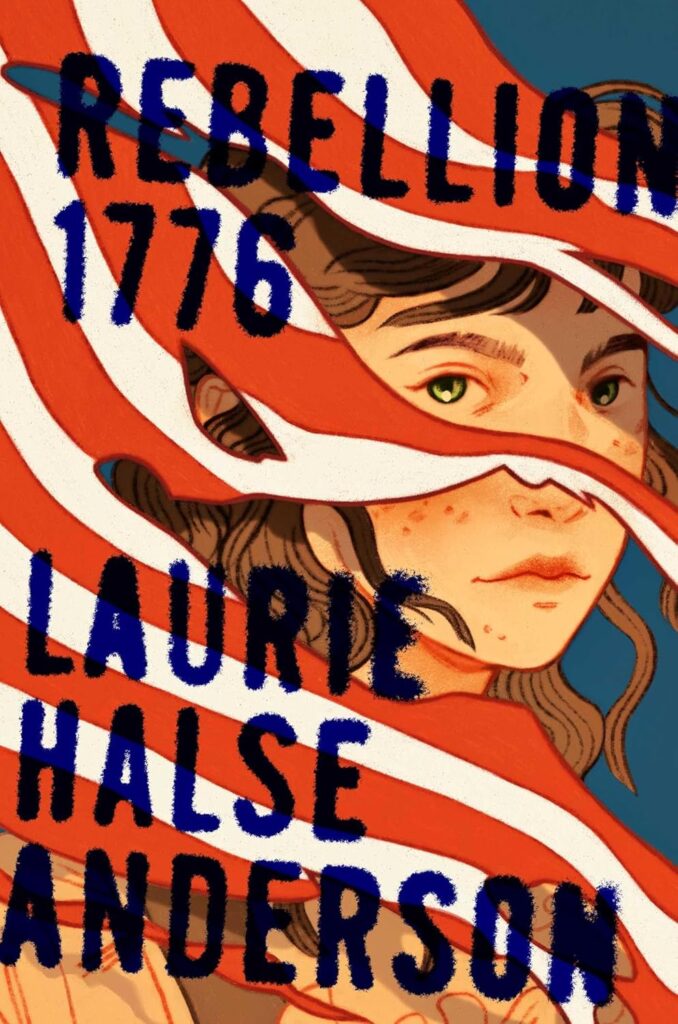
Dinosaurs Can Be Small: A Kid’s Illustrated Book
If you were paying attention, we learned (or were reminded) that birds are descendants of dinosaurs. Dinosaurs Can Be Small is an illustrated book that dinosaur kids need. Those hard dinosaur kids, like the younger brother in Mitchell Vs. The Machines, that kid. If your child or students salivate at the thought of reading or having read to them, descriptions of giant lizards who died out so that the smallest of their brethren could survive, this is for you. This illustrated book sets up the smaller, lesser-known versions by introducing their more well-known, larger versions first. The result is a very curious dinosaur book that will entice dino-kids who think they know it all because they saw Jurassic Park for the dinosaur facts, and not the fact that they run amuck.
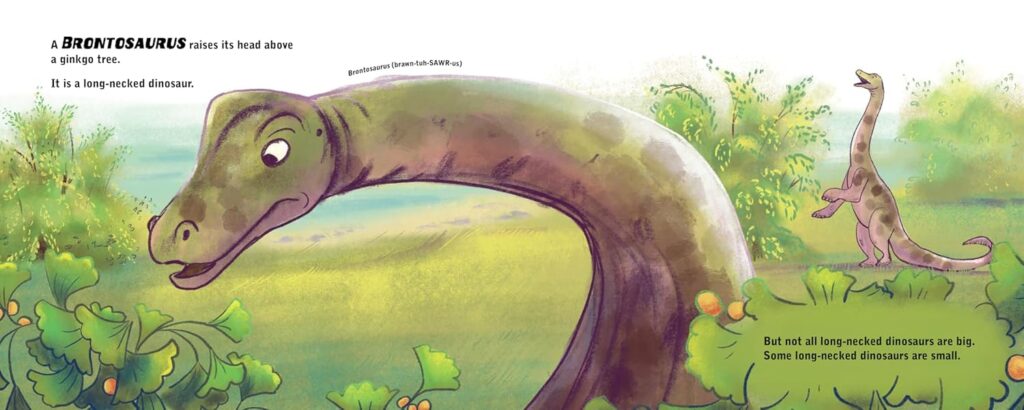
Silly Stories for Children: Why All at Once Upon a Time Shines
All hail the silly illustrated book. We reviewed a great silly book the other week, but it’s never too soon to read the silly again. Much like the well-respected Ministry of Silly Walks, a silly book is mandatory for carpet-time readers and the read-aloud crowd. All at Once Upon a Time is peak silly. To older audiences, it could be viewed as an absurd upending of fairytale tropes that most audiences can quote ad infinitum. Younger audiences who don’t know the tropes will enjoy All at Once Upon a Time because of the energy and laughter it produces from the things they thought would happen.
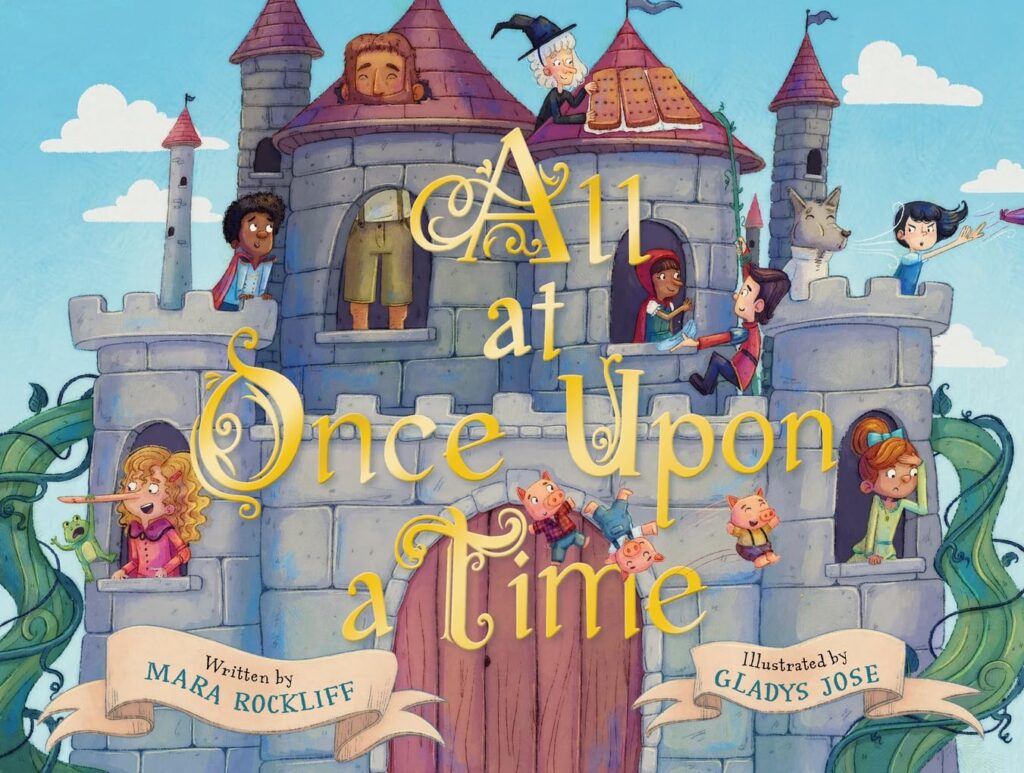
My Dear Sea: A Magical Illustrated Adventure
There’s a two-page spread in My Dear Sea that perfectly encapsulates the imagination of a child and how they see things. It’s just halfway through the book and shows a young girl running on the shore parallel to the sea. There are outcrops of sand dunes that poke out from the sea, towering above her, set against an impossibly ocean that’s a black as a thousand midnights at the bottom; but becomes that gorgeous light azul you only see in the Caribbean or near Lake Ohrid. The disparate chasm between shallow and deep probably doesn’t occur quickly, but kids imagine it to be that deep. My Dear Sea is an illustrated book about a young girl’s conversation with the sea, how she imagines it appear in its depths and the creatures that live there in her mind’s eye.
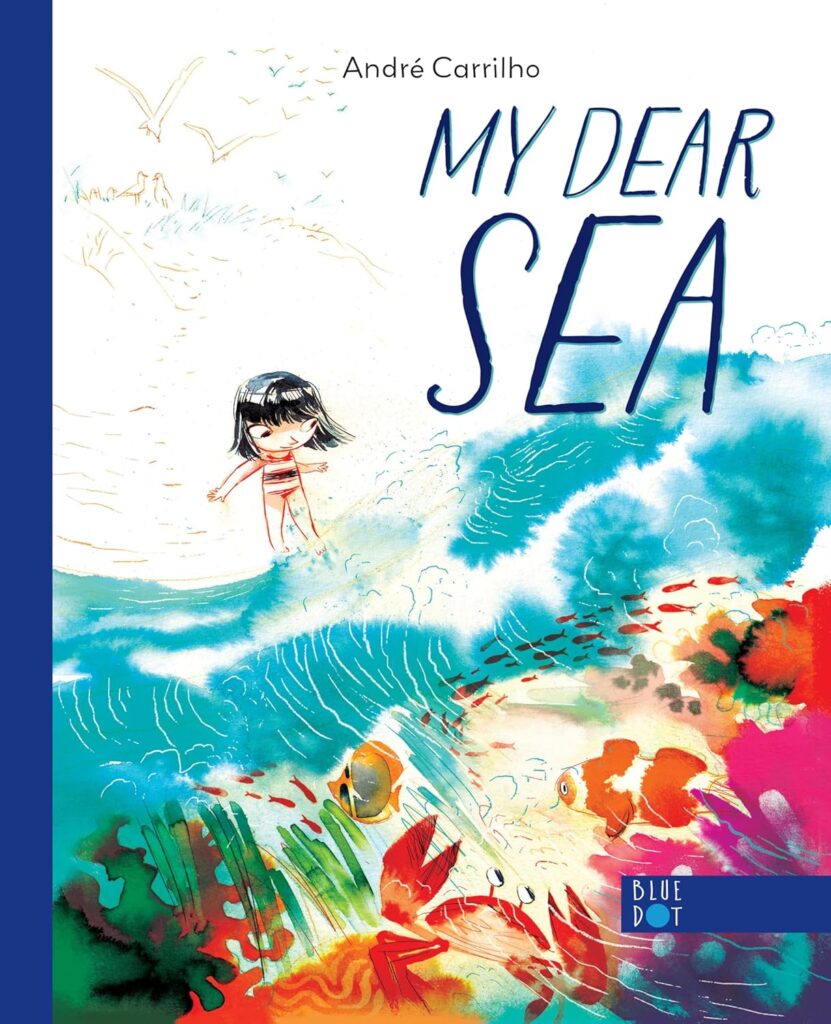
1001 Silly Would You Rather Questions to Spark Family Fun
I’m a substitute teacher and I was in a tenth-grade class the other day. They had finished the ‘work’ they had to do online and I was attempting to pry additional work out of their surly teen souls. I did get confirmation of needed assignments from one student, but they had already waved the white flag of surrender. It was just an essay on something, they wouldn’t tell me what it was on, but it was a paragraph of original thought that had stressed this student to the point of Tik Tok-removal despair. This brings me to The Ultimate Book of Would You Rather Questions: 1001 Family-Friendly Challenges for Kids, Teens and Adults.
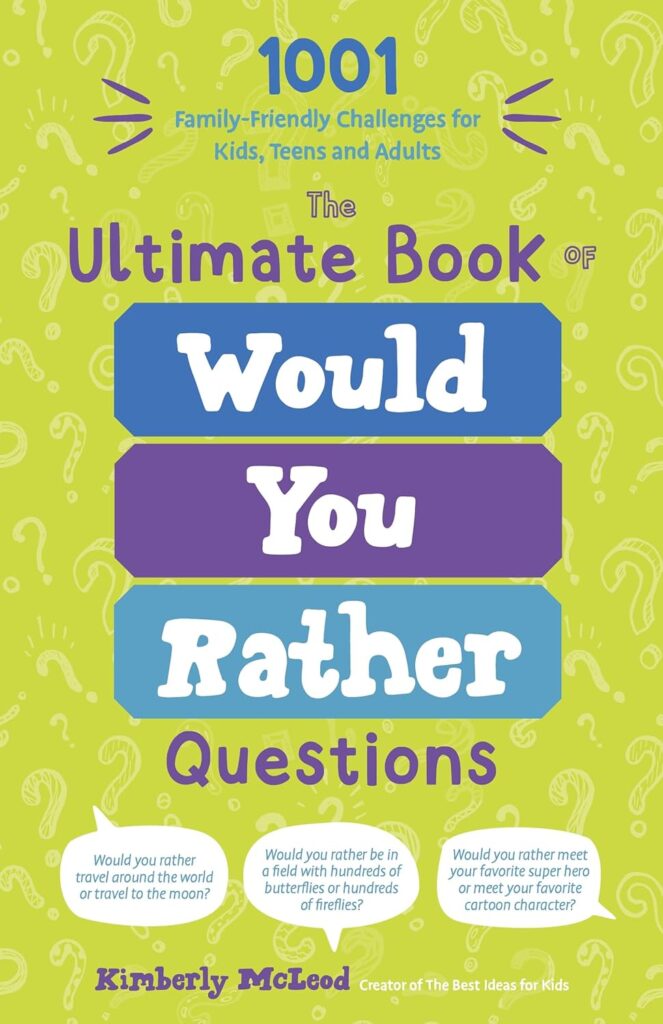
My Mummy Vs. Your Ghost continues the promise of the Versus Series
Why do middle school students read? A more accurate question to posit would be why don’t middle school students read more? I praise those in sixth-through-eighth grade who willingly read as it’s more commonly done under duress. It’s the kind of torture or discomfort that’s normally reserved for vampires who are shown sunlight as they climb the ceiling like a spider trying to escape its deathly rays. They just want that dark corner of the room, with the squinty whites of their eyes attempting to burn a hole through your conversation-starting soul; before they can revert to their dark, sullen place, much like an early teen. My Mummy Vs. Your Ghost is also known as Versus Series book 2 and manages to pull a Superman 2, Lethal Weapon 2 or The Empire Strikes Back.
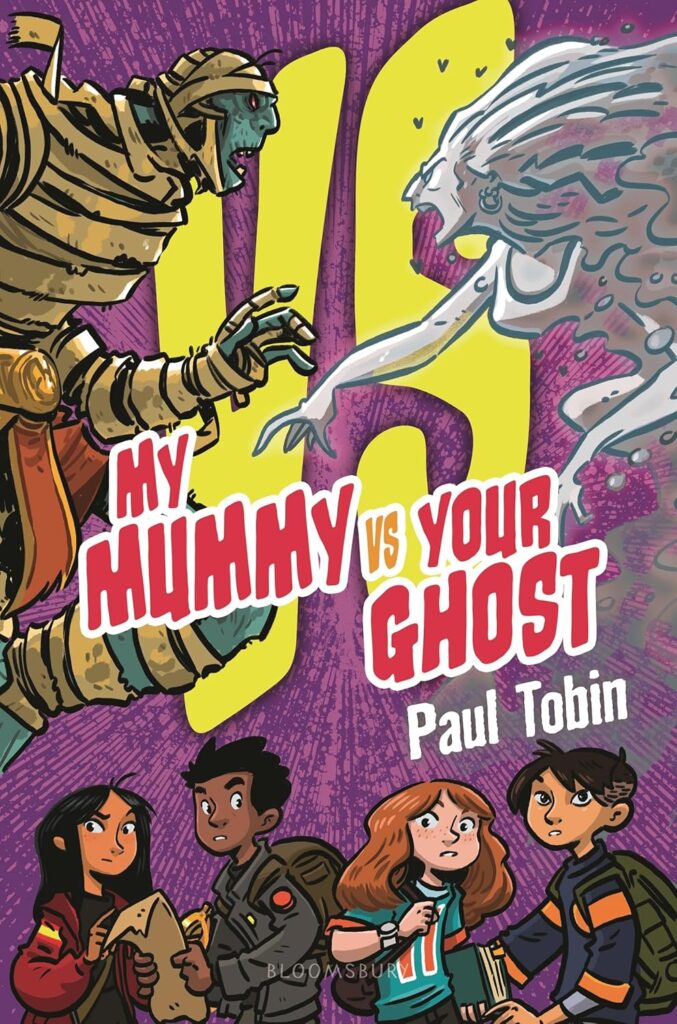
70 Puzzles You’ll Get Wrong: Insights from Puzzle Me Twice
The subtitle to this puzzle book by Alex Bellos is so true. I’m a relatively clever person so I approached each of the set ups in Puzzle Me Twice with, what I thought was, a calm head and a clear mind….and I got most of them incorrect. I rationalized it by saying that they were incorrect because once I read the correct answer I realized my response was too quick. Had I really taken my time the book would have confirmed to me the genius that I think I am. However, in my self-imposed course of humble pie, I jumped in the rabbit hole of Alex Bellos’ other puzzles and have lowered my genius peg down to humble puzzle novice.
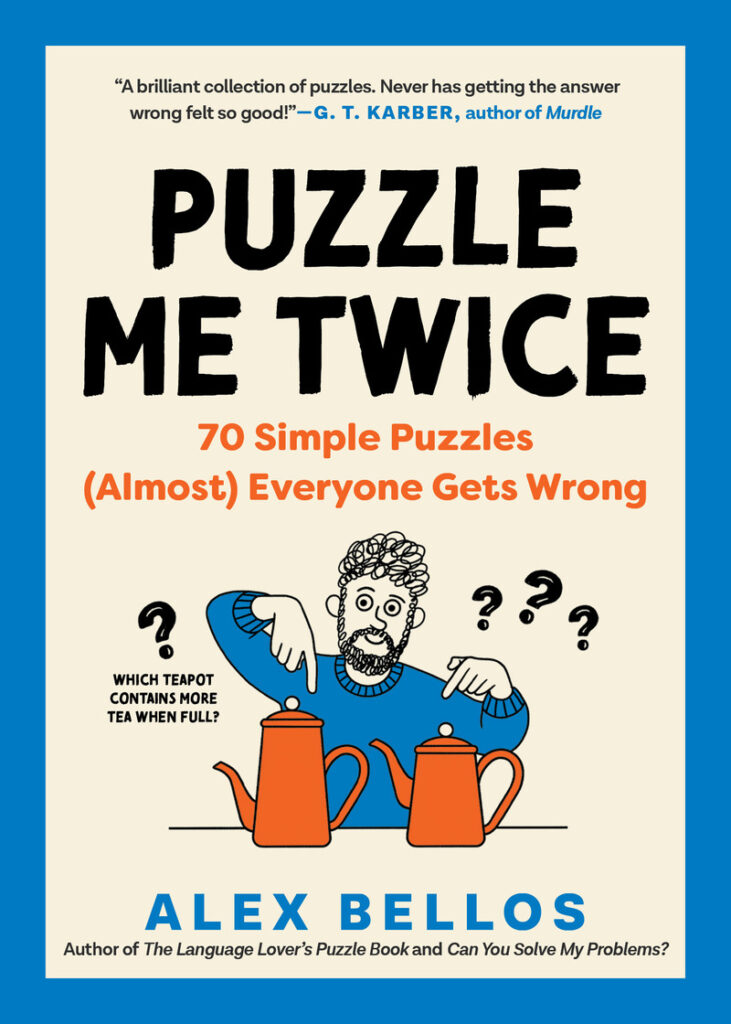

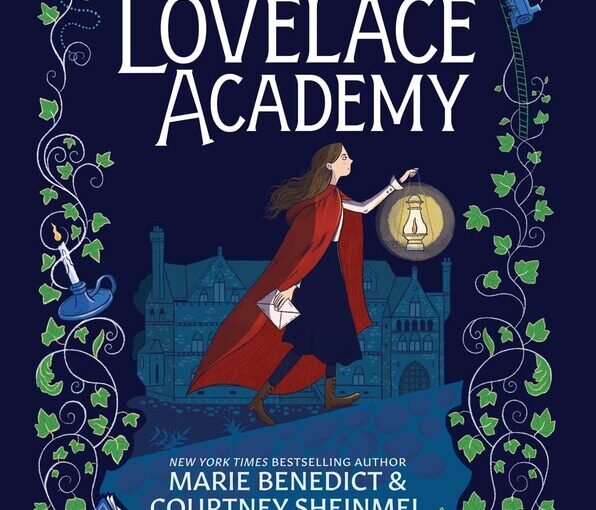
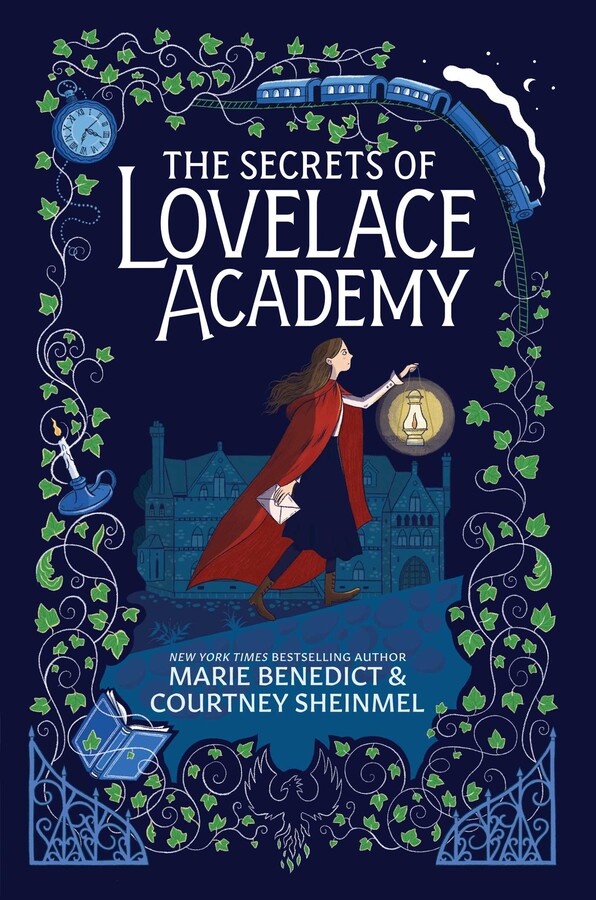
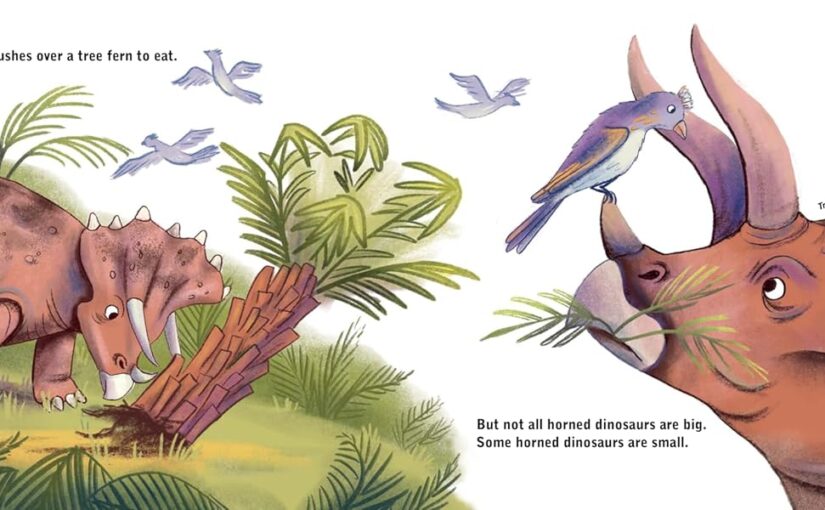
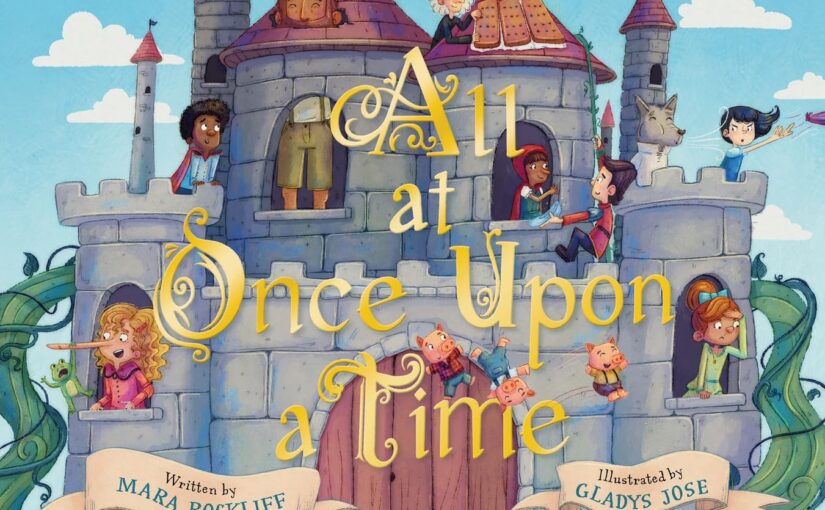
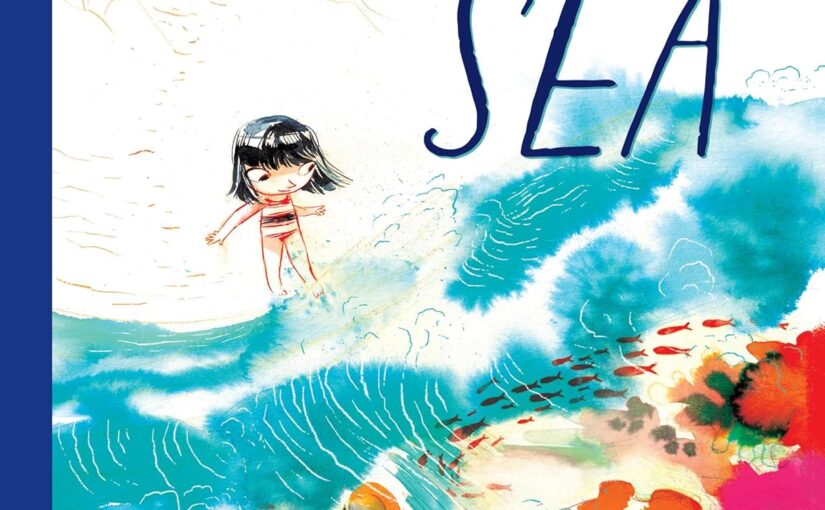
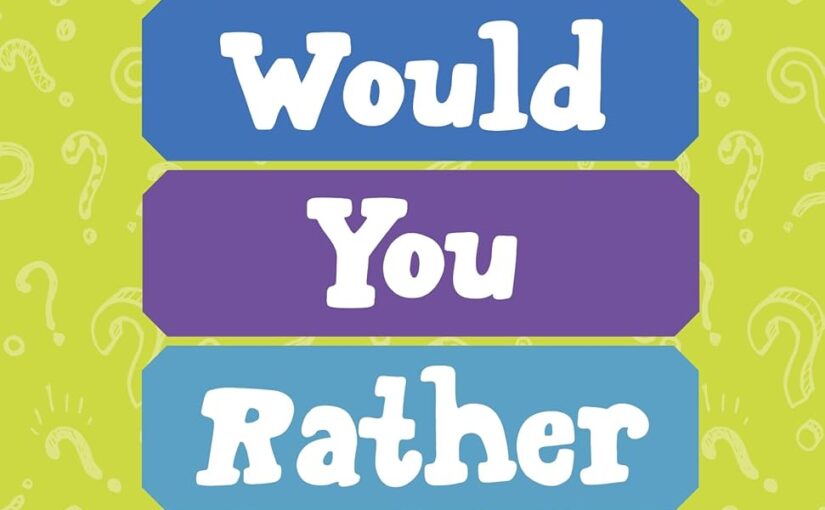
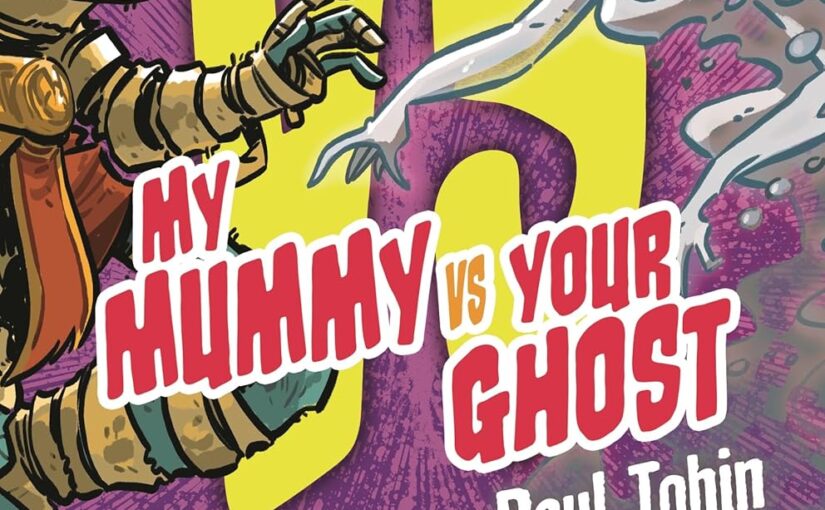
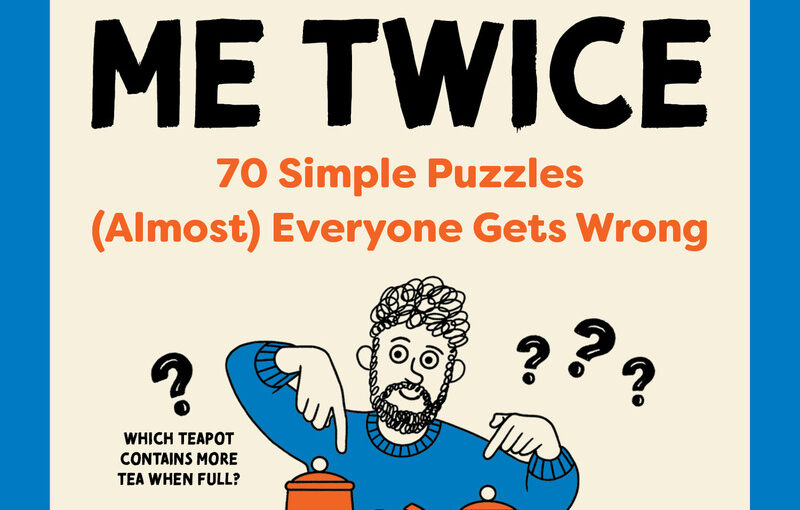


 Facebook
Facebook Twitter
Twitter Flickr
Flickr GooglePlus
GooglePlus Youtube
Youtube